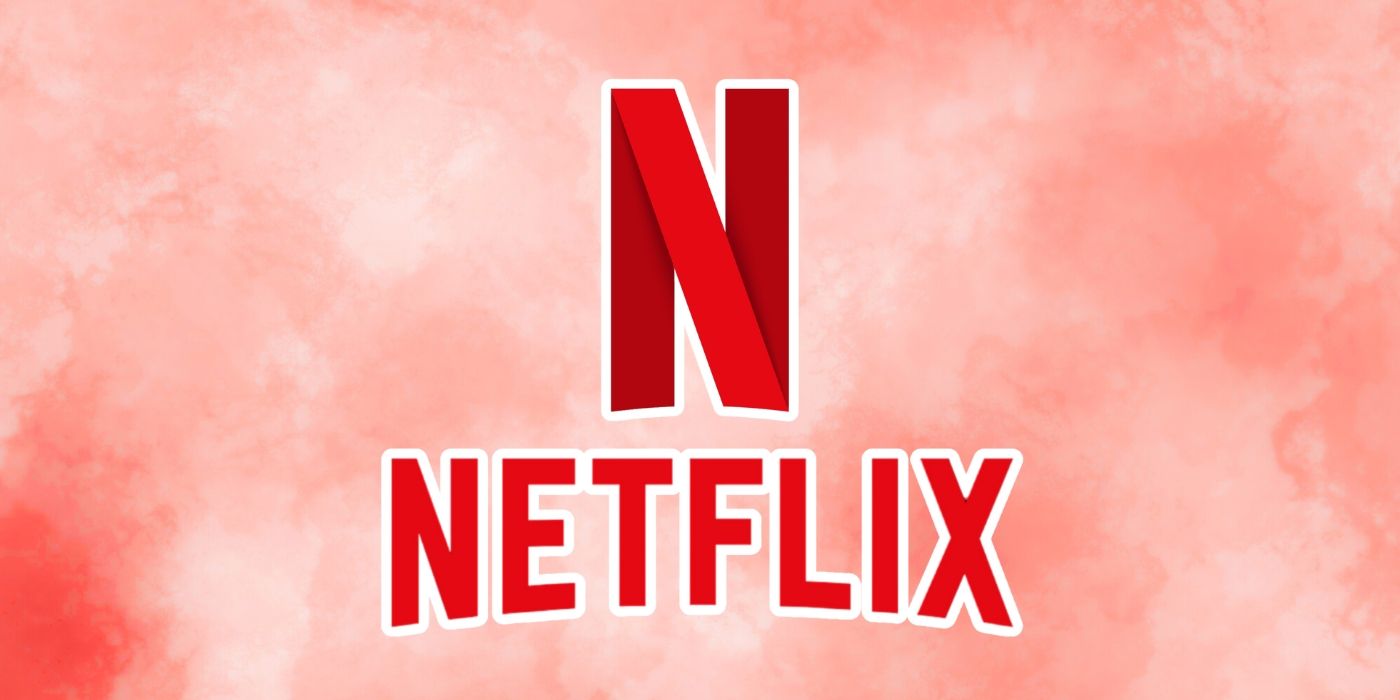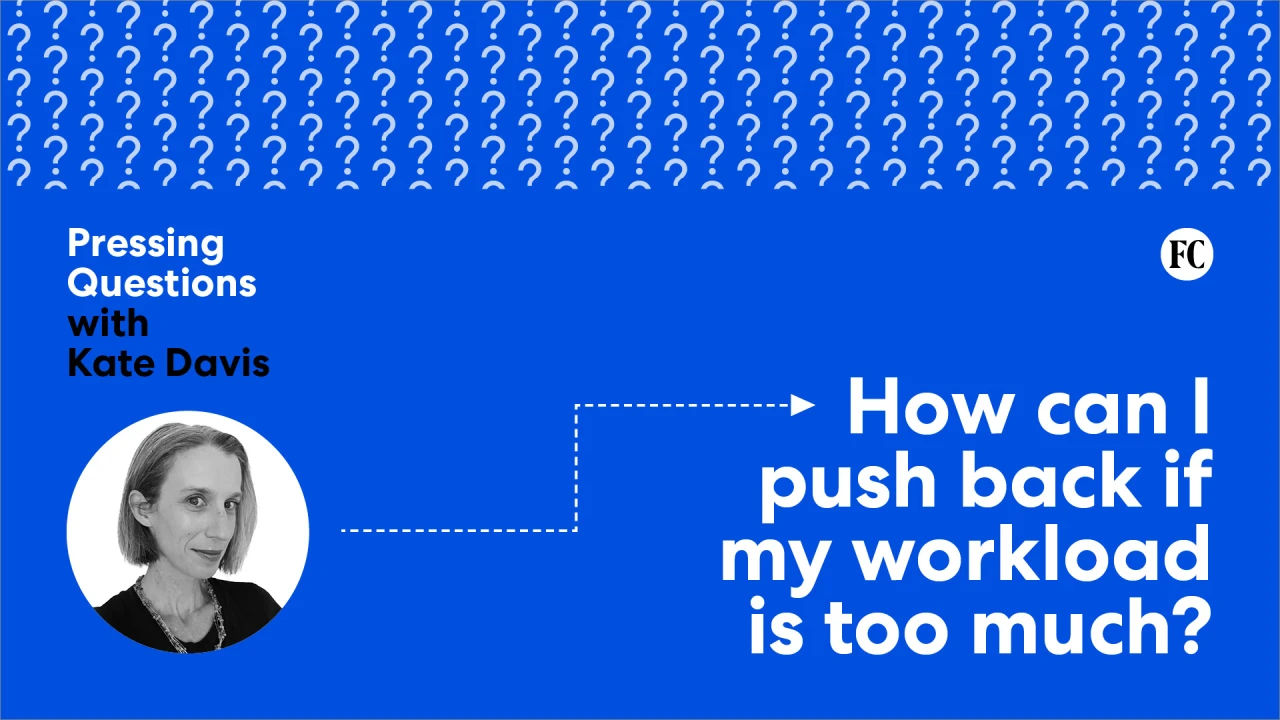How to keep a workplace functioning in the face of layoffs

A surge in layoffs during the first half of 2025 has neared record-breaking pace, with March’s total alone the third-highest number of single-month layoffs in history, according to outplacement firm Challenger, Gray & Christmas. That total was eclipsed only by April and May 2020 during the pandemic. The 696,309 layoffs announced through May of 2025 represent an increase of 80% over the first five months of last year and are just 65,000 short of matching 2024’s total layoff numbers.
The reasons for these enormous numbers are multifaceted, ranging from staffing and funding cuts by the Department of Government Efficiency (DOGE) and their ramifications, companies leaning in to automation and artificial intelligence to sluggish sales. And while the reasons may vary, business realities remain the same, even in the midst of layoffs. How can companies making cuts also keep the employees who remain productive—and retain top talent?
“The best people have other opportunities elsewhere and who wants to be on an unstable ship, right? So that’s exactly the right question,” says Deborah Lovich, a Future of Work fellow at BCG Henderson Institute, Boston Consulting Group’s think tank.
Show compassion
Lovich says that, throughout the layoffs, it’s important to “treat people who depart with dignity, humanity, and support.” In addition to being the right thing to do, they may become customers or partners in the future. Finally, doing so sends a signal to those who remain. “How you treat people in hard times is what the soul of the company is,” she says.
Allison Vaillancourt, a vice president in the Organizational Effectiveness Practice at HR and benefits consultancy Segal, adds: “Demonstrate compassion during the layoff process: People want to be part of an organization they feel good about, and they will be looking for evidence that others are being treated as kindly as possible during this difficult time.”
Address the aftermath
Lovich says that, as your team plans what happens after the layoffs, use the opportunity to “add employee enjoyment of work into the criteria for reshaping the workplace.” It’s a good time to streamline processes and focus on adding more of what employees enjoy in their work.
Carolyn Troyan, president and CEO of HR consulting firm Leadership 360, says it’s important to allow for a “grieving period,” but to also begin addressing concerns about redesigned workflow and other issues. “That’s usually the first thing I hear from employees: ‘They’re just going to lay people off, and I’m going to have to take all this extra work. How am I really going to do that?’”
Leaders need to ensure that their high performers know that they can come forward if they have concerns—especially when no one wants to come forward and admit that they can’t do all of the work left after their teammates have been let go. Spot engagement surveys can help managers spot friction points that may indicate high-performers and other employees are unhappy. Troyan also says managers may want to look at redesigning physical space so empty workstations aren’t a constant reminder of missing former coworkers.
Be responsibly transparent
Troyan says that it’s a good idea to be transparent about the layoffs and the current employees’ roles in the company going forward to help them feel secure in their future roles. Managers may want to share their vision for the future, including potential career paths for high performers.
Amy Mosher, chief people officer at isolved, a provider of human capital management solutions, adds that it’s important to help employees understand why they’re happening. “There are reasons why we have to make these decisions,” she says, and helping employees put them in context and realize that the decisions weren’t made capriciously may not make them easier, but may help calm the concerns of the employees you wish to retain.
Communicate in as many way as possible
The methods by which layoffs are communicated will vary by company and situation—and larger companies may be required to give advance notice in the case of mass layoffs—but Mosher says some companies may simply send out a mass email or other communication after the fact to answer basic questions.
But the communication that matters when trying to retain top performers comes from individuals, she says. She recommends “deputizing” everyone who works in a leadership capacity in the organization to participate in keeping top performers engaged.
“Whether they’re a supervisor or not, you have a lot of leaders in your organization,” Mosher says. “Make sure that you’ve identified who those people are and deputize them so that they understand the why and they feel comfortable articulating it.”
Make sure you involve the behind-the-scenes leaders—the administrative worker who has all of the answers or the gregarious IT worker who is the go-to person for computer issues. Engage those leaders and ensure they understand the reasons for the decisions. “[Make sure they] understand what’s going on here, so that [they] can articulate it to other people at the water cooler,” she says.
Identify your best people—and their managers
It’s a good idea to have regular discussions, perhaps quarterly, about your top talent so your management team is aware of the organization’s high performers, says Troyan. “Having some of those talent conversations as part of your operating model, you’re just ready to go and have the list,” she says. However, if you don’t have that list, it’s a good idea to connect with your various departments and have them identify their top team members so the company can work on keeping them, she says.
And one of the first things you should do with those top performers is offer reassurance, says Vaillancourt. “Let top performers know they are highly valued and have a future with the company.”
Consider offering retention bonuses to ensure your top performers know you are serious about wanting them to stay, she adds. She also advised considering the potential downsides of voluntary separation incentive programs, as they can be more attractive to top performers than to the individuals a company would like to release. Top performers may think, “I can go anywhere, so let me get some money.” If organizations are not careful, these programs can deplete top talent.
What's Your Reaction?
 Like
0
Like
0
 Dislike
0
Dislike
0
 Love
0
Love
0
 Funny
0
Funny
0
 Angry
0
Angry
0
 Sad
0
Sad
0
 Wow
0
Wow
0
















.jpeg?width=1200&auto=webp&trim=0,100,0,100#)





































![Big Brother Recap: Rachel’s HOH Sends [Spoiler] Packing](https://tvline.com/wp-content/uploads/2025/08/big-brother-live-eviction-week-6.png?#)







































